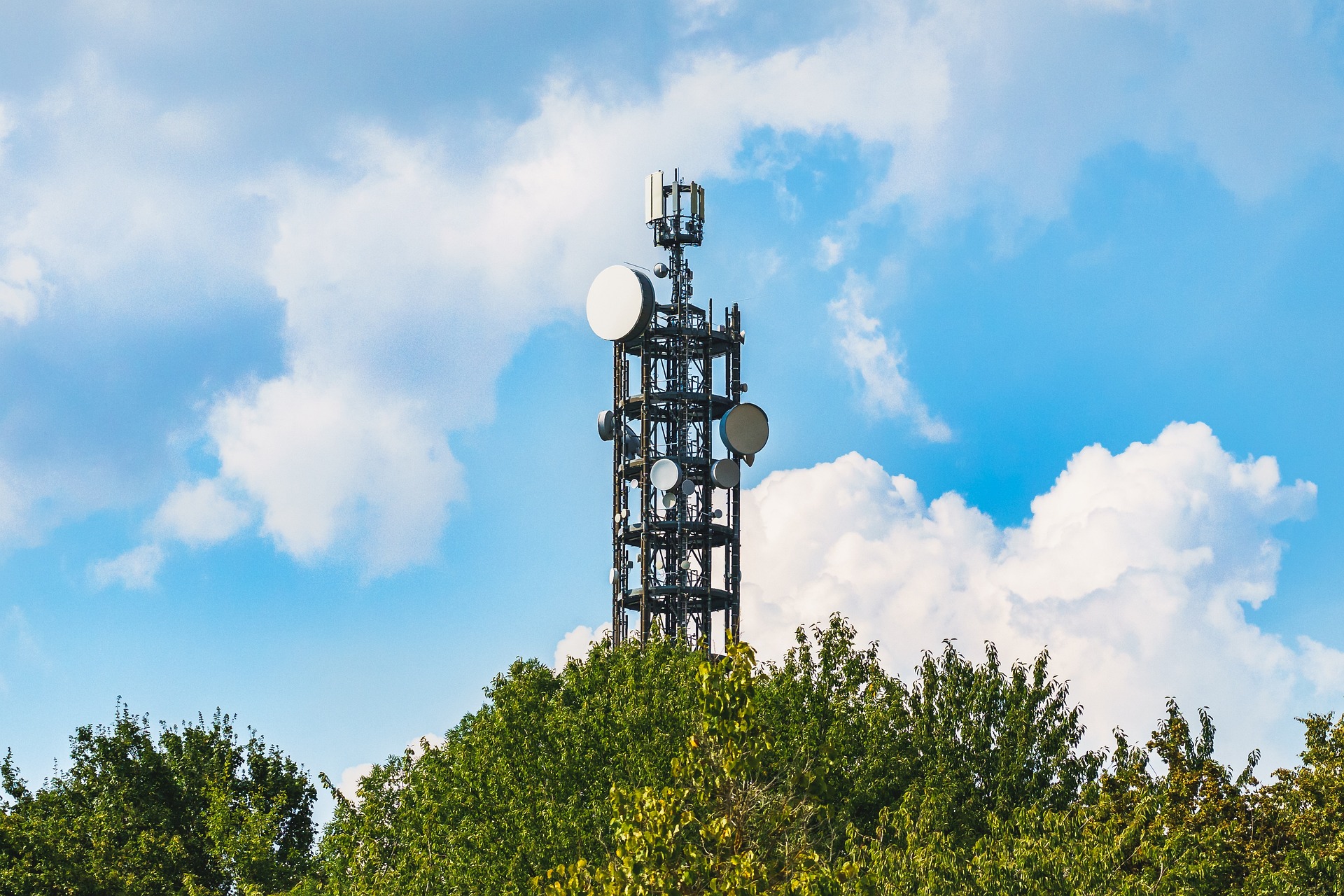Advancements in Telecommunication Infrastructure: Decoding Fixed Wireless Access
Fixed Wireless Access (FWA) - a term that has been gaining traction in the telecom industry these past few years. But what exactly is it, and why has it become so important in our increasingly connected world? This article will delve into the intricacies of FWA, its background, current trends, and how it is shaping the future of telecommunications.

History and Development of Fixed Wireless Access
The concept of Fixed Wireless Access isn’t new. In its early stages, it was primarily used to deliver last-mile connectivity in rural and remote areas where laying physical lines was impractical or too costly. However, the advent of new technologies and the ever-increasing demand for high-speed internet have paved the way for a broader application of FWA.
The Underlying Technology of FWA
Unlike traditional broadband that requires physical lines, FWA delivers internet connectivity via radio signals. It requires two primary components: a base station (usually mounted on a tower or building) and a customer premise equipment (CPE) installed at the user’s location. The base station communicates with the CPE to provide a stable, high-speed internet connection.
Current Trends and Future Prospects
As we move towards a more digital future, the demand for stable and high-speed internet is paramount. This is where FWA comes into play. While it was initially designed for rural areas, FWA has found its place in urban settings as well, being a cost-effective alternative to traditional broadband.
Moreover, FWA has been instrumental in supporting the shift to remote work, which has been exacerbated by the COVID-19 pandemic. With its ability to provide high-speed internet access without the need for physical infrastructure, it is becoming a preferred choice for many businesses and households.
The Impact and Challenges of FWA
While FWA holds immense potential, it isn’t without its challenges. Since it relies on radio signals, factors such as obstacles, weather conditions, and distance from the base station can impact the quality of the connection. Moreover, securing spectrum licenses can be a significant hurdle for telecom operators.
Despite these challenges, the benefits of FWA cannot be overlooked. With its ability to deliver high-speed internet in a cost-effective manner, it is poised to play a critical role in the future of telecommunications.
Practical Applications of FWA
FWA has a wide range of applications, from providing internet access in remote areas to supporting the increasing demand for remote work solutions. It can also be used in disaster recovery, providing temporary internet access when traditional lines are down.
In conclusion, Fixed Wireless Access is more than just a buzzword in the telecommunications industry. It is a technology that is shaping the way we access the internet, supporting the digital transformation, and enabling a more connected future. As telecom operators continue to explore and invest in FWA, we can expect to see more of its impact in the coming years.




